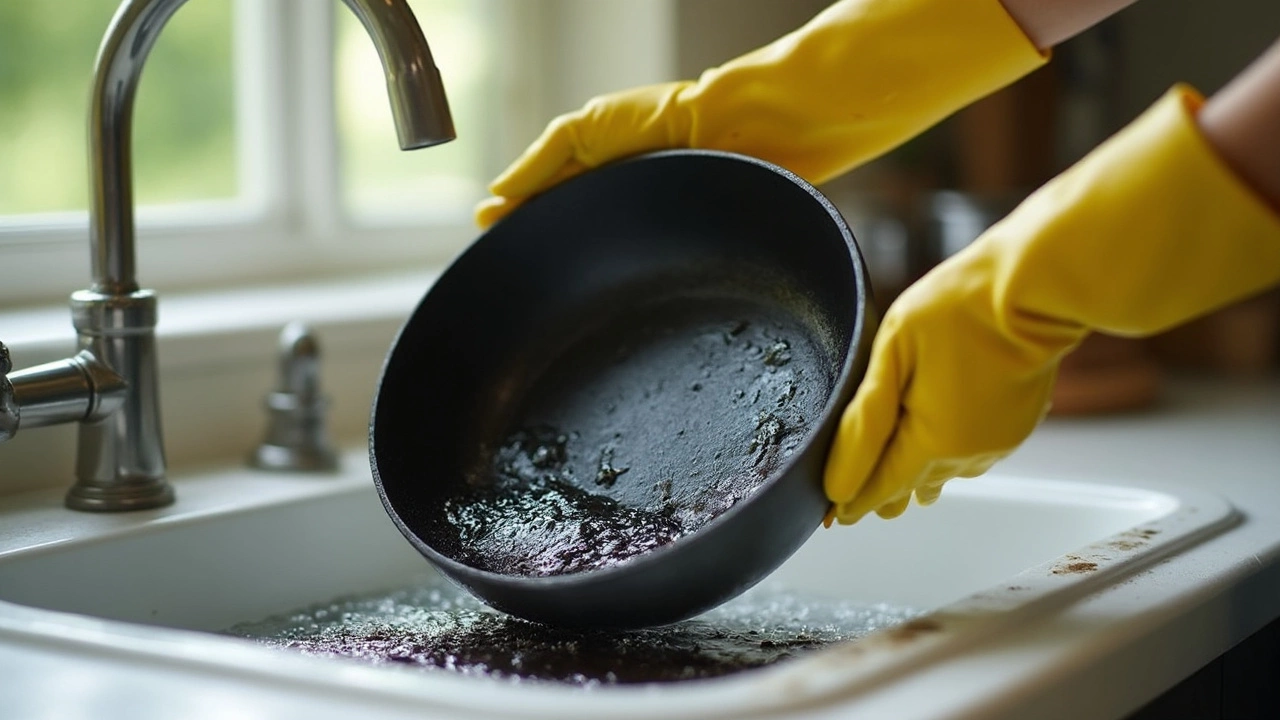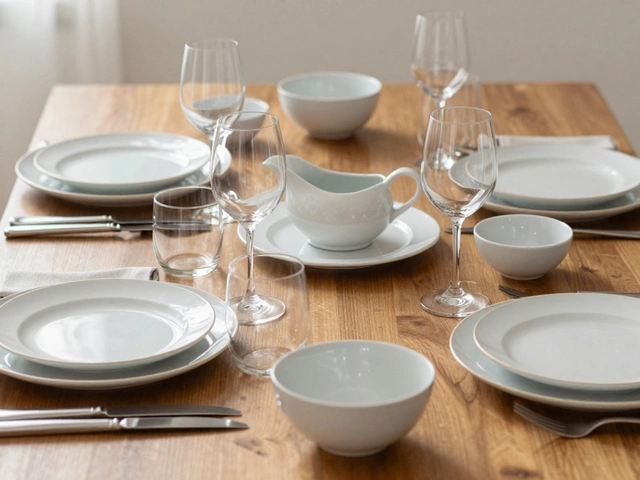Pan Cleaning: Simple Steps for Every Cookware Type
Got a pan that looks worse after a night of cooking? You’re not alone. Most of us scrub away at stains and end up with a greasy mess or a scratched surface. The good news is you don’t need fancy gadgets or chemicals – just a few everyday items and the right technique.
Know Your Pan, Clean It Right
Different pans need different care. A non‑stick skillet hates abrasive pads, while a cast‑iron pan loves a bit of oil after each wash. Start by identifying the material:
- Non‑stick: Use a soft sponge, mild dish soap, and warm water. Avoid steel wool – it will ruin the coating.
- Stainless steel: A mix of baking soda and water works wonders on burnt‑on bits. For tough spots, let the pan soak for 10 minutes first.
- Cast iron: Skip the soap. Rinse with hot water, scrub with a stiff brush, dry immediately, then coat lightly with oil.
- Copper: Lemon juice and salt create a gentle polish. Rub in circles, rinse, and dry.
By matching the method to the material, you keep the pan’s performance and extend its life.
Everyday Hacks That Really Work
Here are a few quick tricks you can start using tonight:
- Vinegar steam: Fill the pan with equal parts water and white vinegar, bring to a boil, then let it cool. The steam loosens food residue without harsh scrubbing.
- Baking soda paste: Mix baking soda with a splash of water to form a paste. Apply to burnt spots, let sit for 15 minutes, then wipe away.
- Dishwasher safe? Only if the manufacturer says so. Even then, hand‑washing usually leaves less streaks and protects handles.
- Dry right away: Moisture is the enemy of most metals. After rinsing, towel‑dry the pan or place it on low heat for a minute to evaporate any water.
These hacks use ingredients you already have, so there’s no extra cost.
When you’re done, give your pan a quick look. If any stubborn bits remain, repeat the step – most stains disappear after the second go. And remember, cleaning right after cooking is easier than waiting for the mess to harden.
By keeping these simple rules in mind, pan cleaning becomes a quick part of your routine rather than a dreaded chore. Your cookware will stay bright, function better, and you’ll spend less time scrubbing and more time enjoying tasty meals.

Black Stuff on Pan Bottoms: What It Is and How to Deal With It
Ever turn over a pan and find a stubborn black layer clinging to the bottom? This isn't just burnt food—it's a mix of carbonized grease, oils, and sometimes even chemical reactions from cooking. That black stuff can mess with your food flavor and even shorten the life of your cookware if ignored. This article breaks down what causes it, how it builds up, and most importantly, how to get rid of it. Say goodbye to scrubbing frustration and hello to pans that last longer.
Categories
- Storage (27)
- Bathroom (18)
- Sofas (15)
- Curtains (15)
- Home Decor (12)
- Bedding (11)
- Kitchenware (11)
- Cushions (11)
- Mirrors (10)
- Rugs (9)
Popular Articles

Plural of Wife: Spelling Out the Details
Apr, 4 2025


